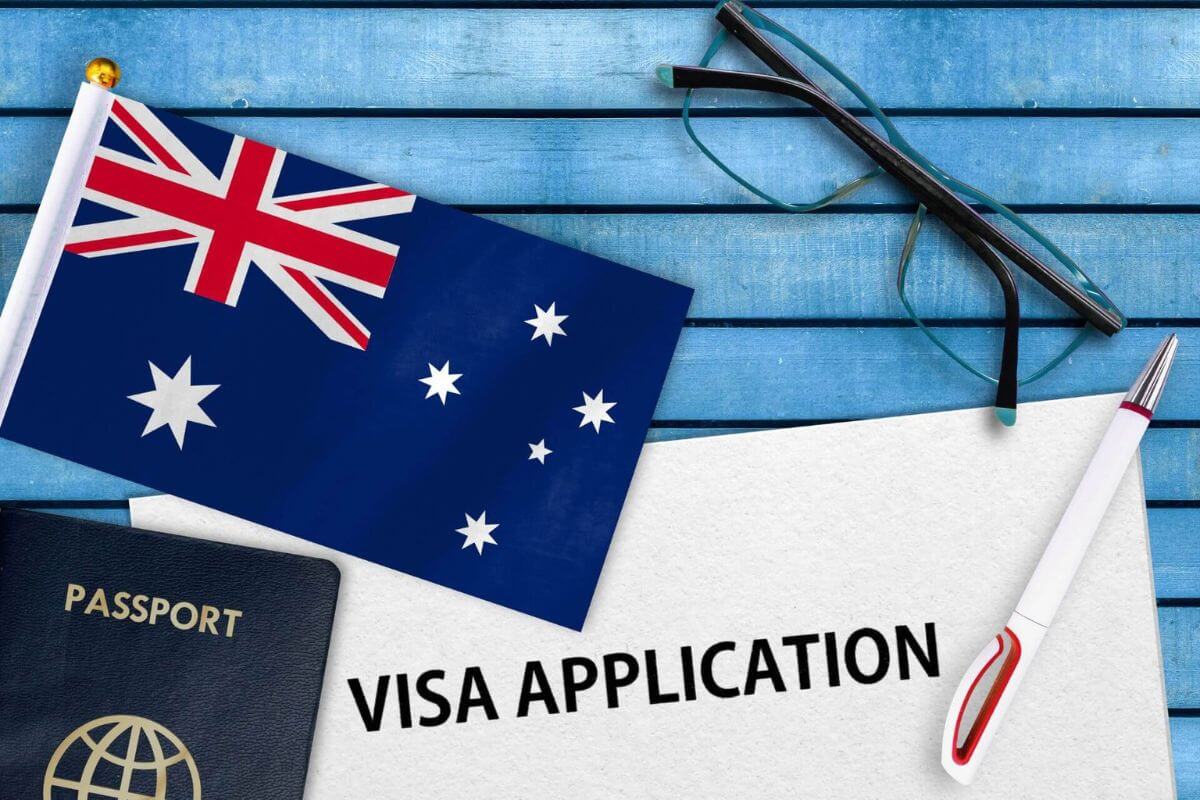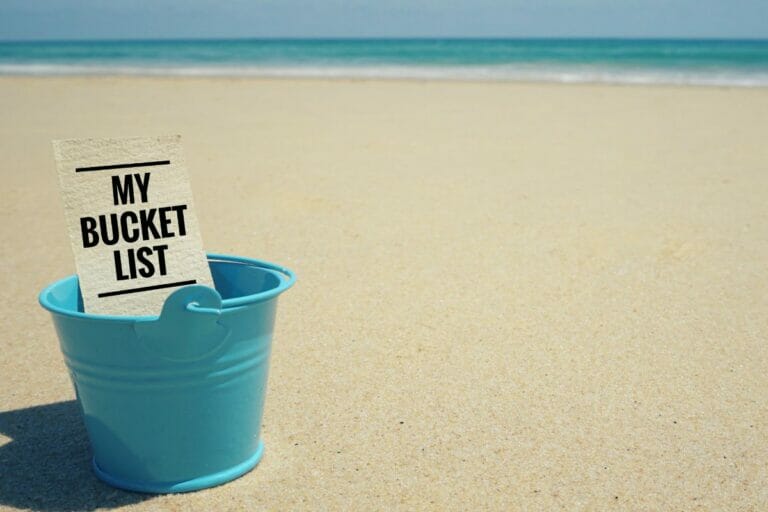The Ultimate Guide to Working Holiday Visas in Australia
Securing a working holiday visa in Australia is your first step to an amazing adventure blending work, study, and travel. You can opt for a subclass 417 or subclass 462 visa, depending on your nationality. You must be 18-35 years old and have a valid passport from an eligible country. Prepare essential documents like your passport, birth certificate, and a bank statement showing $5,000 AUD (£2631). The application process involves an online submission and a $635 AUD (£335) fee. Since the visa allows multiple entries, you can explore down under to your heart’s content. Dive deeper to uncover more insights!
Understanding Working Holiday Visas
When you’re considering a Working Holiday Visa in Australia, it’s important to understand the differences between subclass 417 and subclass 462. Both visas allow travelers aged 18-35 to work, study, and travel in Australia for up to 12 months. However, the key difference lies in the eligibility based on nationality. Subclass 417 is available to citizens of a broader range of countries, while subclass 462 is limited to specific nations.
The application process for both visas includes a fee of $635 AUD (£335). You should also be prepared for additional costs related to health checks and biometrics. These requirements ensure that you meet Australia’s health and character standards, which are essential for your visa approval.
Both visa subclasses provide an incredible opportunity to immerse yourself in Australian culture while supporting your travels through temporary work. Understanding these distinctions can help you choose the right visa for your unique situation.
Eligibility Criteria
To qualify for a Working Holiday Visa in Australia, you must be between 18 and 30 years old (or up to 35 for certain nationalities). You’ll also need a valid passport from an eligible country. Meeting the health and character requirements set by the Australian government is crucial. This usually involves a health examination and character checks to make sure you’re fit to live and work in Australia temporarily.
Financial stability is another critical factor. You should have around $5,000 AUD (£2631) to support yourself initially. This amount helps demonstrate you can cover your living expenses until you find work. Additionally, you must be a first-time visitor to Australia on this type of visa; if you’ve been rejected for a similar visa before, you’re ineligible.
The application fee is $635 AUD (£335), but keep in mind there could be extra costs for things like biometrics and health exams. Being aware of these expenses can help you budget accordingly.
Fulfilling these criteria is crucial for your application to be successful, so make sure you’re fully prepared before you apply.
Types of Visas
Australia’s working holiday opportunities come in two main types: subclass 417 and subclass 462 visas. Subclass 417 is more widely available, making it an excellent option if you’re from one of the many eligible countries. On the other hand, subclass 462 is limited to citizens of over a dozen specific countries. Both types of visas allow you to stay in Australia for up to 12 months, giving you the flexibility to work, study, and explore the country.
One of the great things about these visas is their flexibility. You can explore either visa multiple times, potentially enjoying up to three years in Australia. This extension is particularly beneficial if you want to immerse yourself deeper into the Australian experience, whether through additional work opportunities or further travel. Plus, during the validity period of your visa, you can travel to and from Australia as much as you like.
These visas are designed to offer a blend of work and travel, allowing you to immerse yourself fully in Australian culture while supporting your journey financially. Understanding the nuances between subclass 417 and subclass 462 can help you decide which visa best fits your plans.
Application Process
Applying for an Australian Working Holiday Visa involves gathering essential documents like your passport, birth certificate, and bank statement. You can submit your application online through ImmiAccount or opt for a paper application. The online route is generally more important and faster.
The visa application fee is $635 AUD (£335), and you can pay using a credit card, debit card, or PayPal. Once you’ve submitted your application, you can expect to hear back within about 14 days. The Department of Home Affairs will notify you in writing if your application is approved.
Here’s a quick overview of the key steps and requirements:
| Step | Details | Timeframe |
|---|---|---|
| Gather Documents | Passport, birth certificate, bank statement | Before applying |
| Submit Application | Online via ImmiAccount or paper application | Immediate |
| Pay Fee | $635 AUD via credit card, debit card, or PayPal | During application |
Understanding the basic requirements is important for a successful application. Make sure you meet criteria related to age, nationality, health, character, and financial stability. Once approved, you’ll receive written confirmation, allowing you to start planning your exciting working holiday in Australia.
Required Documents
When gathering your documents for a Working Holiday Visa in Australia, make sure you include a valid passport, birth certificate, and a bank statement showing sufficient funds. Your bank statement should reflect at least $5,000 AUD (£2631) to prove financial stability. This illustrates that you can support yourself during your stay.
Additionally, you’ll need to submit a clean criminal record. This is vital for meeting the character requirements set by Australian immigration. Make sure you’ve got all health-related documents ready as well; these might vary depending on your nationality but are essential for the overall application.
Accuracy and completeness are key. Double-check that all your documents are up-to-date and correctly filled out. Missing or incorrect information can lead to delays or even rejections.
Before starting the application process, have everything organised and easily accessible. This preparation helps ensure a smooth and successful visa process.
Visa Fees and Costs
Getting a Working Holiday Visa in Australia involves several costs, starting with a fee of $635 AUD (£335). This initial fee is just the beginning. You might also need to budget for additional expenses such as health checks, background checks, and biometrics. These requirements can vary depending on your country of origin and personal health history.
Health insurance is another critical expense. If Australia doesn’t have a reciprocal healthcare agreement with your home country, you must purchase health insurance to cover any medical expenses while you’re there. It’s non-negotiable and guarantees you won’t be left footing a high medical bill should anything go wrong.
You’ll also need to show proof of financial capacity. The Australian government requires you to demonstrate that you have sufficient funds to support yourself initially. This usually means having around $5,000 AUD (£2631) in your account.
Besides these mandatory costs, it’s wise to have a financial safety net. Unexpected expenses can quickly add up when you’re settling into a new country. Whether it’s for initial accommodation, transport, or everyday living expenses, having extra funds will ease your adjustment and give you peace of mind.
Finding Accommodation
Finding suitable accommodation is one of the first challenges you’ll face when starting your working holiday in Australia. The housing market might be different from what you’re used to, so it’s important to understand your options and act quickly.
Hostel accommodations are a popular choice among travelers, offering affordable rates and a chance to meet fellow adventurers. However, for longer stays, you might want to explore more permanent solutions like housesharing.
To secure housing in a competitive market, consider these steps:
- Explore Different Types of Accommodation: Options range from shared houses and apartments to hostels and even short-term rentals. Shared houses can be particularly budget-friendly and provide a sense of community.
- Use Online Platforms: Websites like Gumtree, Flatmates, and Airbnb can be invaluable for finding available rooms and apartments. Join local Facebook groups dedicated to housing in your target city.
- Leverage Local Resources: Once you arrive, check community boards in supermarkets and cafes or ask locals for recommendations. Sometimes, the best deals are found through word of mouth.
Finding the right place to stay will set a solid foundation for your working holiday adventure in Australia.
Job Opportunities
After securing your accommodation, the next step in your Australian working holiday is to explore the diverse job opportunities available to visa holders. You’ll find a range of roles that cater to different skills and interests. Popular job opportunities include hospitality, farm work, retail, and tourism. Many visa holders gravitate towards positions like au pair, fruit picking, and working in bars and restaurants.
Here’s a quick overview of some common job sectors and examples of roles you might find:
| Job Sector | Example Roles |
|---|---|
| Hospitality | Bartender, Waitstaff, Barista |
| Agriculture | Fruit Picker, Farmhand, Vineyard Worker |
| Retail | Sales Assistant, Cashier, Stock Clerk |
| Tourism | Tour Guide, Hostel Staff, Receptionist |
| Miscellaneous | Au Pair, Sport Instructor, Event Staff |
Hospitality roles are abundant in cities and tourist hubs, giving you a chance to meet travelers and locals alike. If you’re keen on experiencing rural Australia, farm work and fruit picking are great options, especially during harvest seasons. Retail positions offer a steady paycheck and valuable customer service experience, while tourism-related jobs can provide unique insights into Australia’s attractions.
Networking and Making Friends
Creating a network and forming friendships is essential to enhancing your working holiday experience in Australia. Not only does it make your stay more enjoyable, but it also opens doors to job opportunities and insider tips on living in this vibrant country.
To kickstart your social life, consider these three strategies:
- Stay in Hostels: Hostels are fantastic places to meet fellow travelers. Many hostels organise social events like barbecues, game nights, and tours, giving you a chance to bond with others.
- Attend Local Meetups: Platforms like Meetup and Facebook Groups host a variety of events tailored to different interests. Whether it’s a language exchange, hiking group, or professional networking event, these meetups are goldmines for making connections.
- Volunteer: Volunteering not only helps you give back to the community but also introduces you to locals and other international travelers. It’s an excellent way to build a meaningful network and make lasting friendships.
Travel Tips and Advice
Planning your working holiday in Australia can be exciting and challenging, but these travel tips will help you navigate the adventure with ease. First, book your flights strategically. Airfare can be cheaper during the shoulder seasons (March-May and September-November), so plan accordingly to save money. Second, remember that Australia’s climate varies greatly. Pack for different seasons by researching the weather in the regions you’ll visit.
Next, familiarise yourself with local products and brands. Many items may differ from what you’re used to, so be open to trying new things. Also, adapt to the cultural nuances by learning some common Australian slang; it’ll help you blend in faster.
Here’s a handy table for quick reference:
| Tip | Details | Benefit |
|---|---|---|
| Book Flights | Travel during shoulder seasons | Save on airfare |
| Pack Smart | Research weather in different regions | Be prepared for all climates |
| Local Products | Try new brands and items | Easier shopping experience |
| Learn Slang | Pick up common Australian phrases | Better communication |
| Budget Wisely | Track your expenses | Financial stability |
Lastly, budget wisely. Track your expenses and make sure you’re financially stable throughout your stay. With these tips, your working holiday in Australia will be smooth and enjoyable!
Frequently Asked Questions
How Much Money Do You Need for a Working Holiday Visa in Australia?
You’ll need around £335 (635 AUD) for the visa fee and at least £2631 ($5,000 AUD)in your bank account. Don’t forget additional costs for health checks, background checks, and biometrics. A financial safety net is essential.
How Hard Is It to Get a Working Holiday Visa for Australia?
You’ll find getting a Working Holiday Visa for Australia quite straightforward if you meet the age and eligibility criteria. With an online application process and typical approval in 14 days, it’s generally hassle-free.
What Is the 88 Day Rule in Australia?
The 88 Day Rule requires you to complete 88 days of specified work in regional Australia for a second Working Holiday visa. You can work in agriculture, construction, or mining, and the days don’t have to be consecutive.
What Is the Criteria for Working Holiday Visa in Australia?
To get a Working Holiday Visa in Australia, you’ve got to be 18-35 years old, meet nationality criteria, pass health and character assessments, show financial stability with $5,000 AUD (£2631), and have no detrimental visa rejection history.
Conclusion
Starting on a working holiday in Australia is an exciting adventure that promises both work and play. By understanding the visa options, meeting eligibility criteria, and preparing necessary documents, you’ll be well on your way.
Don’t forget to secure accommodation, seek job opportunities, and immerse yourself in the local culture by networking and making friends. With these tips, you’re set to make the most of your Australian journey.
Safe travels and happy working!







